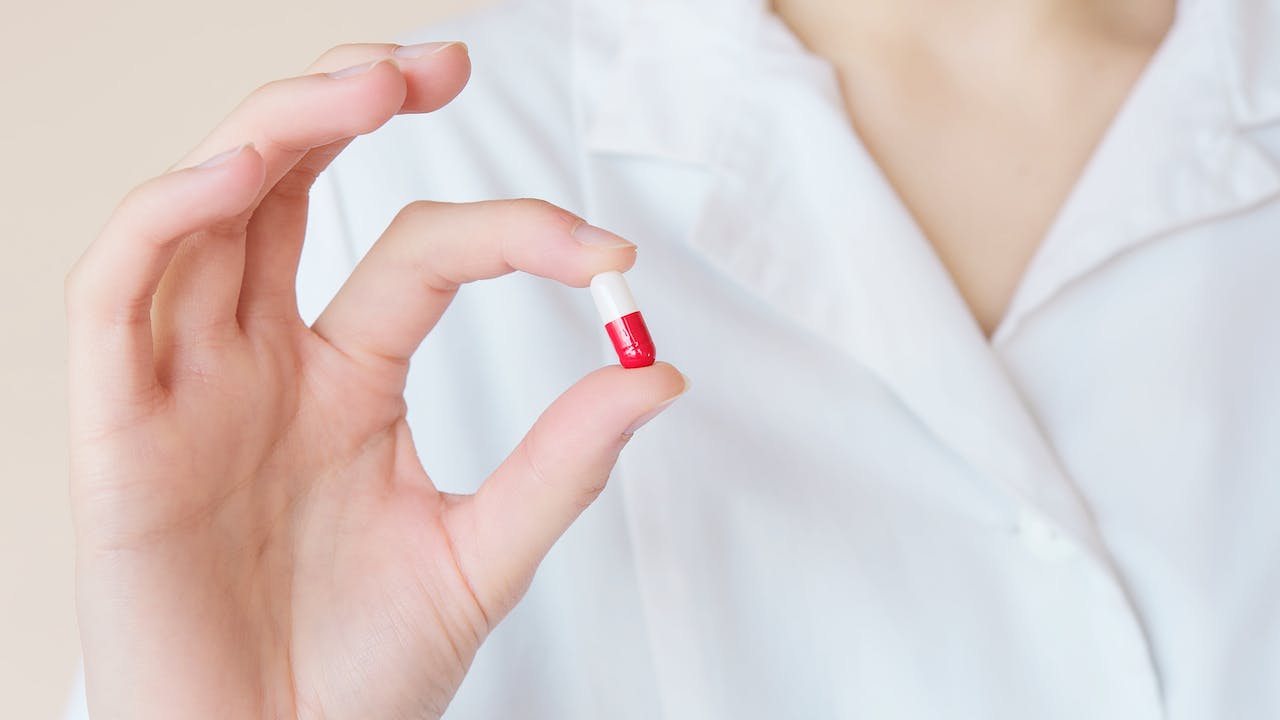
01 Dec Using Antibiotics for Oral & Dental Disease. The good, the bad, and the ugly.
Antibiotics – they are, at times, essential for life. There was a time in our not-so-distant past, where medical professionals, both veterinary and human, reached for oral antibiotics for almost any disease. Unfortunately, this led to significant antibiotic resistance that we are all now all too familiar with. With the emergence of resistance and super bacteria, along with our growth as a society with understanding and knowledge surrounding antibiotics and their usage, we now try to be much more judicial in their use. In veterinary dentistry, there are still cases where we recommend using antibiotics for oral & dental disease.
The Beginning of Antibiotic Use
The use of “antibiotics” dates back to the Egyptians and their use of moldy bread to help treat infected wounds. However, our consideration of modern antibiotics began with penicillin. Quickly after the first use of penicillin, resistance was documented in the 1960s. However, the emergence of superbugs necessitated true revision of our antibiotic usage as a whole society. Unfortunately, as it seems with most parts of veterinary medicine, we tend to be slightly behind the curve compared to human medicine for changes in our standards.
Antibiotics in Veterinary Medicine
Antibiotics in veterinary medicine, just as in human medicine, are, at times, necessary. However, the use of antibiotics for the treatment of oral/dental health is often a default reaction rather than a true necessity. Of course, this is not to say that antibiotics have zero place in dental health/oral disease. There was a time where many veterinarians would reach for antibiotics for all cases undergoing any dental therapy/routine scaling and polishing, typically starting 2 days prior to the procedure. Fortunately, this use of antibiotics is no longer considered standard of care and in fact it is recommended to not utilize antibiotics in this fashion.
Certain patients that are at high risk of infection, wound healing issues, patients with significant cardiac disease, etc, may at times benefit from a course of antibiotics peri-operatively or around the time of oral surgery. However, it is more beneficial to start them during the procedure with intravenous (IV) antibiotics and/or to send home oral antibiotics after the procedure/surgery.
Doxycycline
One antibiotic that we as dentists reach for frequently is doxycycline. Often, this antibiotic is used at an anti-inflammatory dose. This means it is submicrobial or not at a high enough dose to affect bacterial colonies. We often use doxycycline for this purpose with dogs that have chronic oral ulcers or mucositis.
Common Use of Oral Antibiotics in Veterinary Dentistry
One of the most common way oral antibiotics are overused regarding the oral cavity is with suspected tooth root abscesses/endodontic disease. Although these lesions are infected with bacteria, the very nature of a tooth root abscess prevents full penetration of oral antibiotics. This means the outer/weaker bacteria get destroyed while the stronger bacteria remain protected and completely viable. This may initially shrink the abscess temporarily, but it cannot cure it. Any tooth root abscess must be treated with removing the source of the food for the bacteria in the way of either a root canal or extraction. Moreso, gingivitis and routine periodontal disease (regardless of the extent of it) does not respond well to oral antibiotics either. The oral cavity creates a biofilm, which prevents destruction of primary bacteria.
If your pet has been prescribed antibiotics recently, please do not abruptly discontinue them. However, if he or she has persistent oral disease you should contact your primary care veterinarian or a veterinary dentist for further diagnostics and treatment.
Photo by ArtemPodrez from Pexels


